When taking bird photography, we are always trying to get as close as we can; we want to fill the frame with that bird. Buying a lens with a long zoom length is the best way to do this but not the cheapest way. In this article, I am going to share my list of tips for getting close to wild birds without scaring them off or having to spend a lot of money.
The following techniques are ones I have used to get really close to many birds, including within 8 meters of an Osprey eating a fish. I’ll show you footage and images of that amazing experience throughout this post to illustrate my ideas. Let’s get into the list…
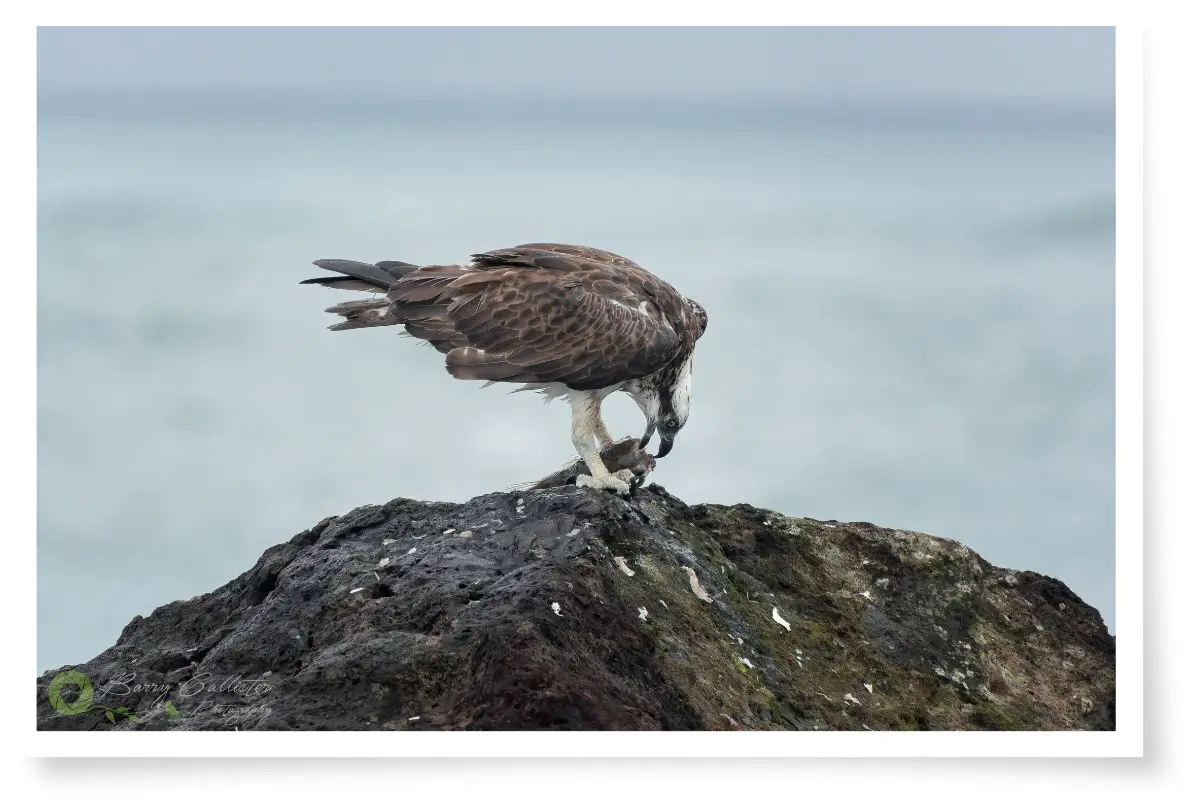
1. Don’t Run When Approaching Birds
This may sound obvious but don’t run when trying to approach a bird. This is going to frighten them and they will fly away immediately.
I know that when you come across a species you have not photographed before that it can be very exciting. You want to get in there and get the shot. As hard as it is to get a handle on your excitement, you must.
Take a nice deep breath and stay calm and focused.
2. Move Slowly…But Not Too Slow
You don’t want to run but at the same time, you don’t want to approach too slowly either. Creeping slowly toward a bird is exactly what a predator does and you do not want to appear to be a predator.
You want to try and find a speed that is about halfway between your fastest walking pace and a tiptoe. Keep your pace as even and smooth as you can, keeping an eye on the bird as much as you can. We’ll explore watching the bird in another tip further down the list.
In the video below, you can tell at the beginning of the footage that I am walking at a slow, steady pace and keeping an eye on the bird the whole time.
3. Do Not Crouch Down When Approaching
What is it that predators like lions do when they are stalking prey? They crouch down; staying low to avoid detection by their game. You do not want to do this when trying to approach a bird.
You might think that by crouching you are making yourself smaller and therefore seem like less of a threat. It will actually have the opposite effect. Stay upright and keep moving toward the bird at a slow, even pace.
Discover the best Sony camera and lens for bird photography on a budget in this post.
4. Step Lightly
Any loud noises are going to scare a bird so you want to be light on your feet. This is especially important if the ground is covered in dry leaves, sticks, or stones that will make a noise if you step too hard on them.
This is something you have to balance with your slow, even pace of walking. You are not going to be able to make your steps completely silent but just do the best you can.
5. Stay As Quiet As You Can
This is in line with the previous step but here, I am talking about other noises you might make. Try not to cough, sneeze, grunt, fart, or make any other kind of noise.
If you are using a DSLR, keep your hand off the shutter button unless you’re not taking photos as you approach; you don’t want the shutter noise to alarm the bird. We are trying to be as quiet as a predator without appearing to be a predator.
6. Approach Wild Birds At An Angle
As opposed to moving directly toward the bird, try to move in at a slight angle. This is a technique I use a lot.
What you are trying to do here is convince the bird that you are moving away while actually getting closer to it. Approach at a 30° to 45° angle and make the angle a little wider if the bird looks like it’s getting agitated.
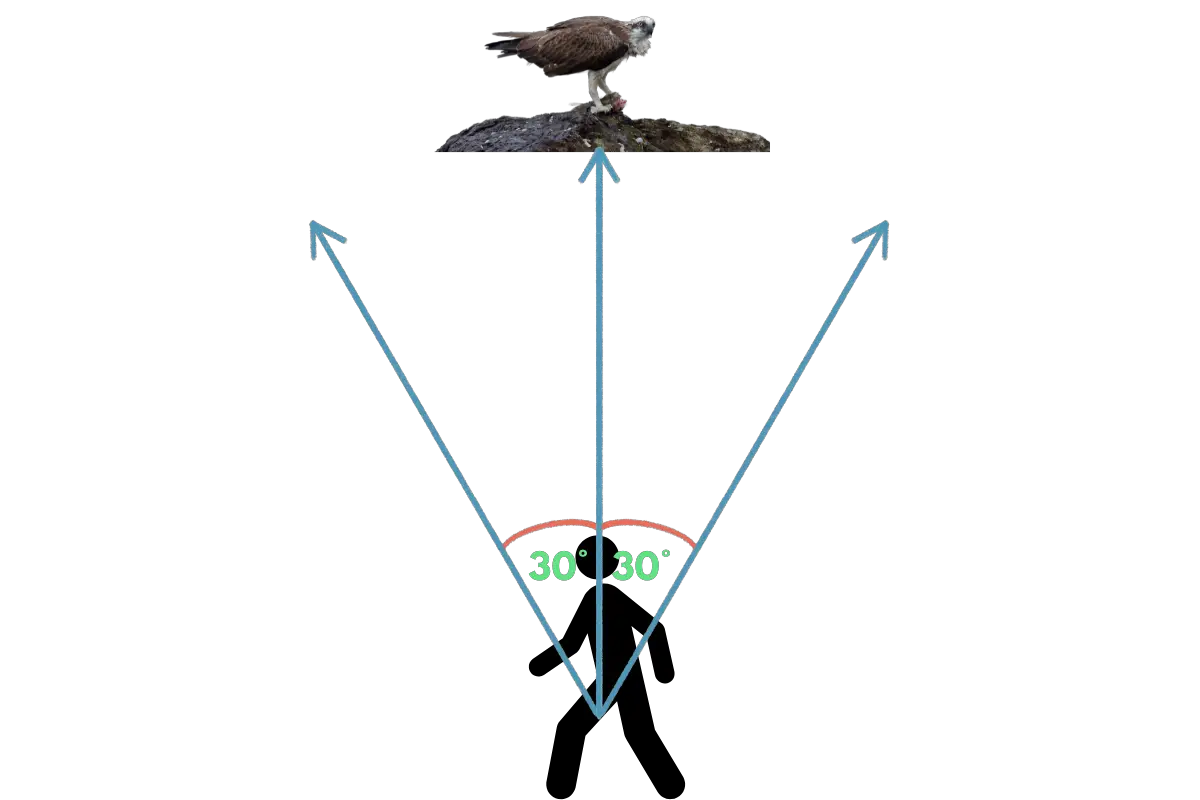
Every now and then, say every three or four steps, take a side-step in the direction of the bird. This way, you are slowly closing the gap while appearing to move away.
7. Keep Your Camera Up While You Approach
As I have already mentioned, any sudden movement is going to scare the birds. This includes lifting that big, black camera up to your eye.
I’ve lost count of the number of times I’ve caused a bird to fly off by lifting my camera up at the last moment. To avoid this, bring your camera up to your neck or your chin before you start to approach the bird. This way, moving it up to your eye to take a shot is going to be a much smaller movement and less threatening to the bird.
Discover what camera is best for bird photography here in this post here on the blog.
8. Watch The Bird’s Body Language
It’s easy to tell a relaxed bird from an agitated one. If they are relaxed, their posture will appear relaxed. If they are fearful or ready to fly off, they will change their posture and you need to watch for this.
A bird that is weary will rise up tall or may move its head from side to side to try and get a better look at you. If it’s ready to fly off, it will crouch down to prepare for the push-off when it takes to the air.
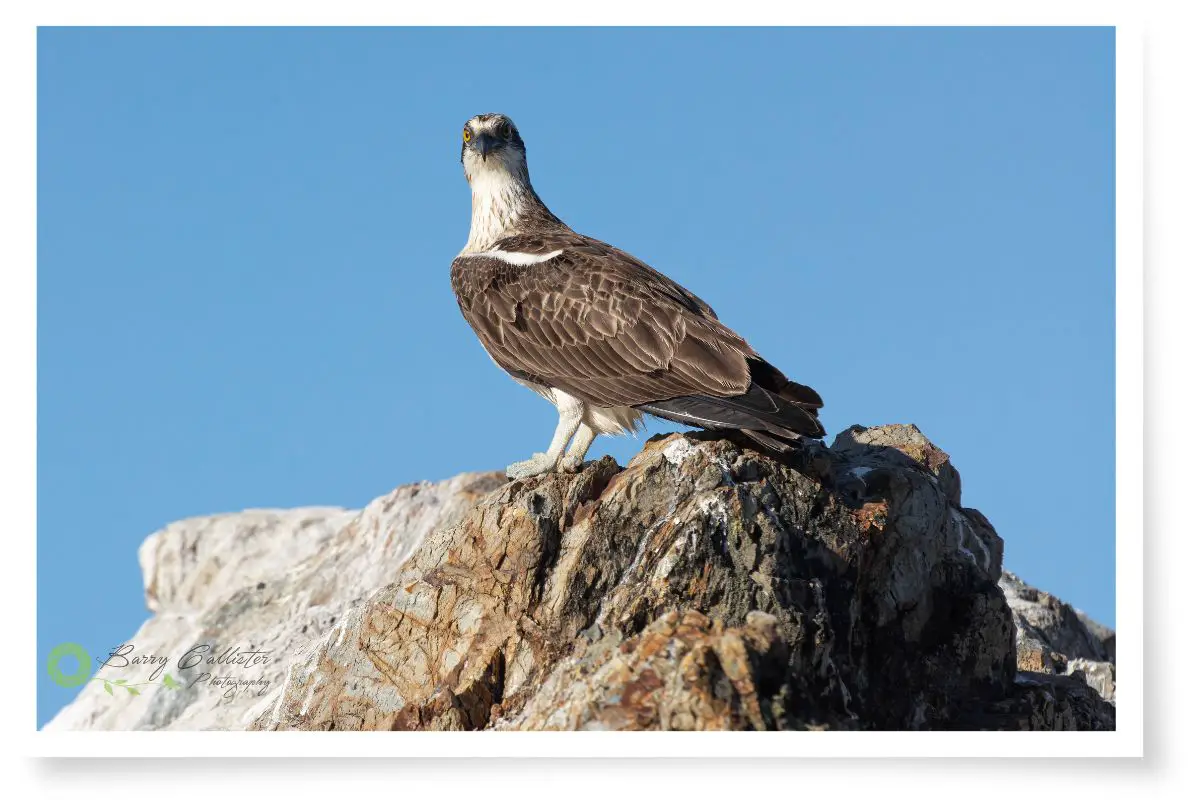
If you notice these behaviors, stop for a second and just watch. Wait for the bird to return to a posture that seems relaxed and continue your approach.
9. Avoid Eye Contact With The Bird
This sounds contradictory to the previous tip but it’s important that you avoid eye contact with the bird as much as possible. This is another behavior that a predator or a rival bird would do so you should avoid it. You can still watch the bird’s body language without making eye contact.
If you do happen to lock eyes with it, drop your head slightly and look away. The bird should see this as an act of submission which will make it feel more relaxed.
10. Take Advantage Of Moments When The Bird Is Distracted
If the bird is preening or eating, you can use this to your advantage. Every time the bird moves its gaze from you to clean or take a bite of its meal, quicken your step and gain a little ground. This technique will get you closer a lot quicker and in my experience, the birds don’t seem to notice.
I used this to get close to the Osprey eating a fish. Every time it dropped its head to take a bite, I would take a few quick steps closer.
How well this works will depend on how distracted the bird is. Make sure you keep an eye on its body language to be sure that it’s not becoming weary of or agitated by you.
Discover exactly what Ospreys eat in this article I’ve written.
11. Some Birds You Just Can’t Get Close To
There are many species that you are just not ever going to get close to. In regards to my local species, this includes Sooty Oystercatchers, White-cheeked Honeyeaters, Superb Fairywrens, Red-backed Fairywrens, White-faced Herons, and more…
A lot of shorebirds can be very skittish and depending on how accustomed to humans they are; so can many smaller birds such as wrens. Just accept that to get decent shots of some birds, you might have to spend a bit of cash on that longer focal length lens.
There are also many cases where you simply should not try to approach a wild bird. These include:
- when they are in a nest.
- when they are feeding young.
- if they are dangerous birds such as a Southern Cassowary.
- if they are a critically endangered species.
Use your common sense and think about the repercussions that scaring the birds away might have. If you frighten some birds from their nest, some of them simply don’t come back. If there are fledglings in that nest, then they will surely die which is not ideal.
The Results Of Learning How To Approach Birds
If you follow the tips in this article, you should be rewarded with close encounters that will leave you breathless. I wanted to share my experience with an Osprey to inspire you to give these techniques a try.
A Recent Family Holiday
My family and I recently stayed in Ballina, a town in the Northern Rivers region of New South Wales, Australia. We stayed in a glamping tent at the Ballina Beach Nature Resort which was fantastic accommodation but it was the birdwatching that I was more impressed with.
Each morning of our two-night stay, I got up early and headed out to the beach to watch and photograph the local birdlife. It was on the very last morning that I came across an Osprey perched on the break wall at the northern end of the beach.
I was already buzzing from having seen Bar-tailed Godwits, Whimbrels, Eastern Curlews, and a Pacific Golden Plover; all new species for me.
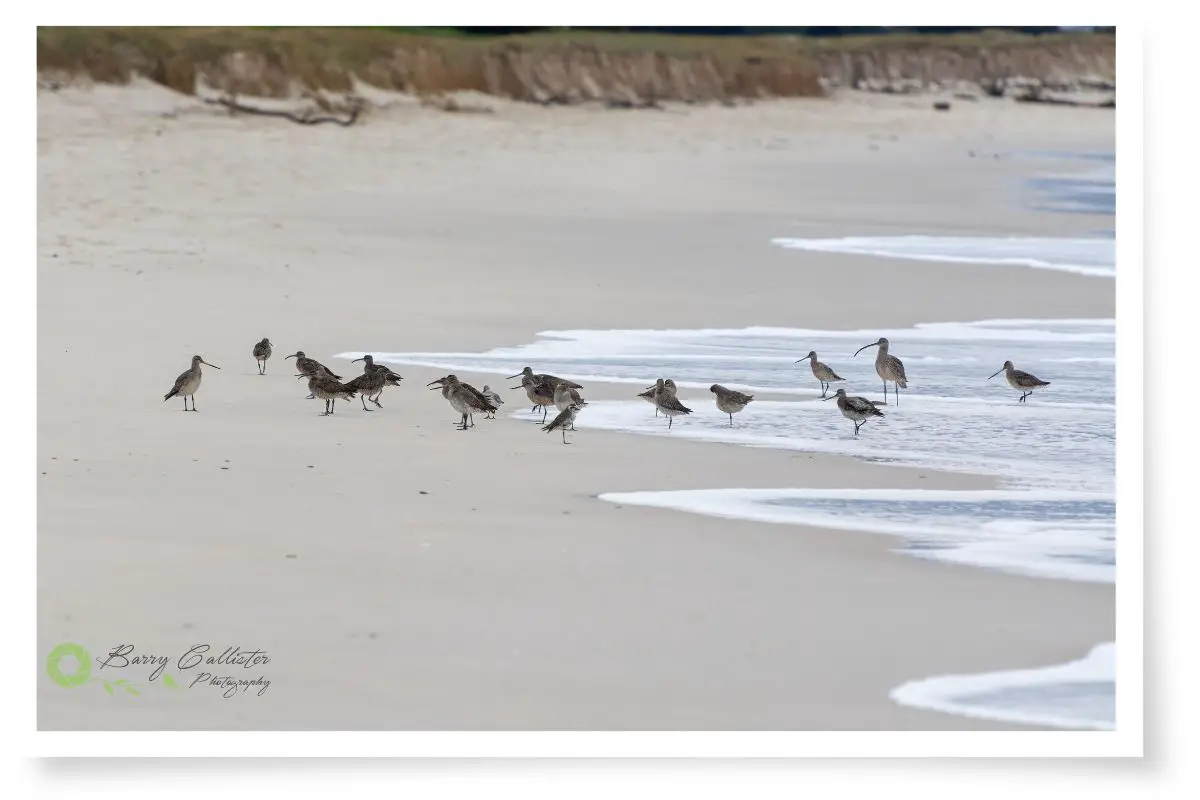
I then encountered a huge flock of Crested Terns preening and resting on the sand. I stood, eyes wide, wondering which direction to point my camera while they flew all around and above me.
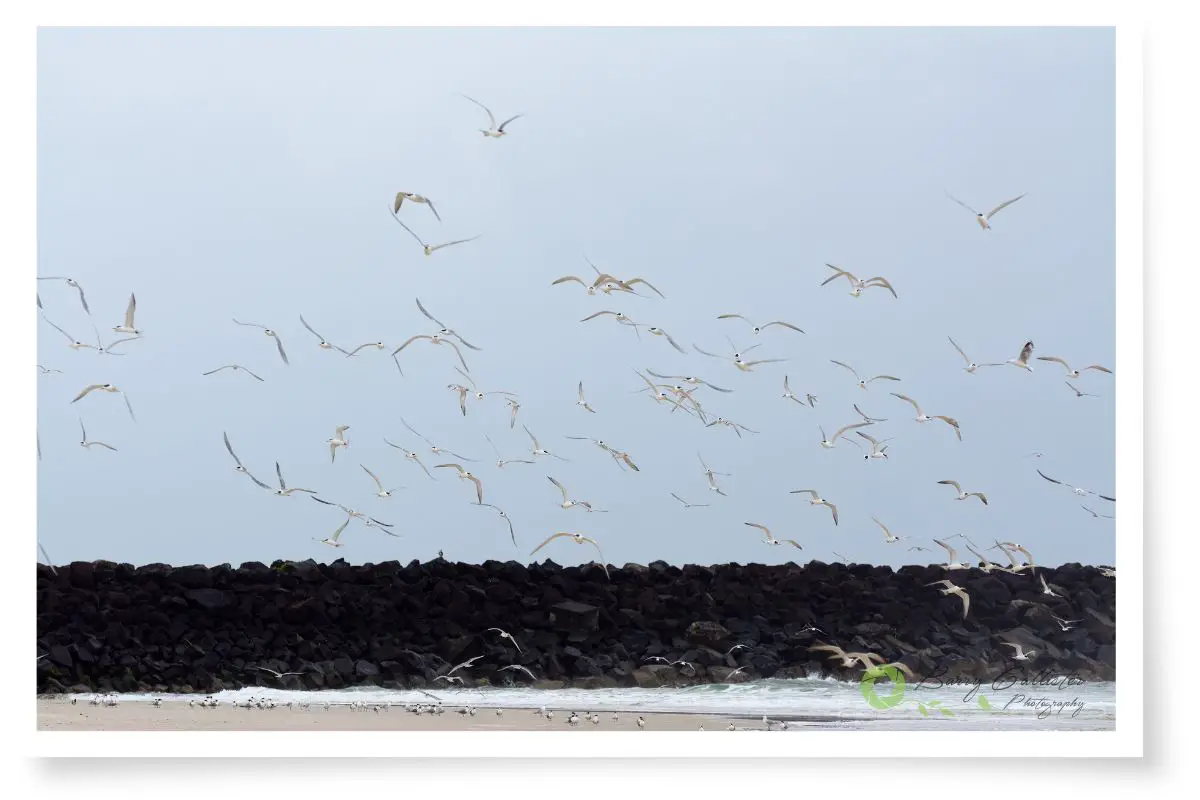
At this point, I was thinking the morning could not get much better. It was then I noticed the osprey perched on the break wall; you can see it in the background of the image above.
Approaching The Osprey
I made my way up to the break wall and walked (at an even and smooth pace) towards the osprey. I managed to get to within about ten meters of it. Perched there with a perfect view of the water below, it had no interest in me whatsoever; all it wanted was a fish.
I sat down on a rock and watched it for a minute. Unfortunately, I was fiddling with my camera settings when it caught the fish so I didn’t get any shots of that moment.
After catching the fish, it flew in circles past me a couple of times and then decided to land further down the break wall to settle and eat.
How Close You Can Get By Approaching The Correct Way
Using some of the techniques above, I was able to make my way down the break wall toward the osprey. It was focused on eating its fish but still had an eye on me as I came closer.
The tip from above that I used most in this situation was number 10. Every time the bird would put its head down to eat, I would quicken my step and gain some ground. It actually stayed quite relaxed as I got closer and closer; at no point did I think that it would fly away.
The part that scared me the most was when I sat down on a rock to get the footage and images you’ve seen in this article. I was worried that after all my effort thus far, the movement of me crouching to sit would be what finally upset the osprey the most. As I lifted my head after sitting, I was happy to still see it sitting there, eating away.
Conclusion
Give the techniques in this post a try next time you are out in the field. They are not effective 100% of the time, as I have said, it depends on the species of bird. The individual personality of each bird can also have a bearing on the success of these tips; some birds are just more skittish than others.
I hope you have success with these techniques and get some wonderful photos. My wish for you is that you can use them to get incredibly close to a bird and have an experience like my osprey one. Good luck.
